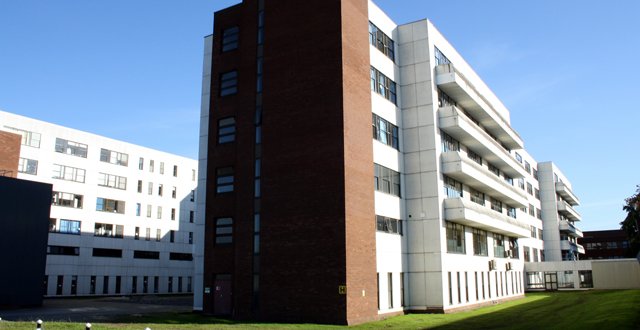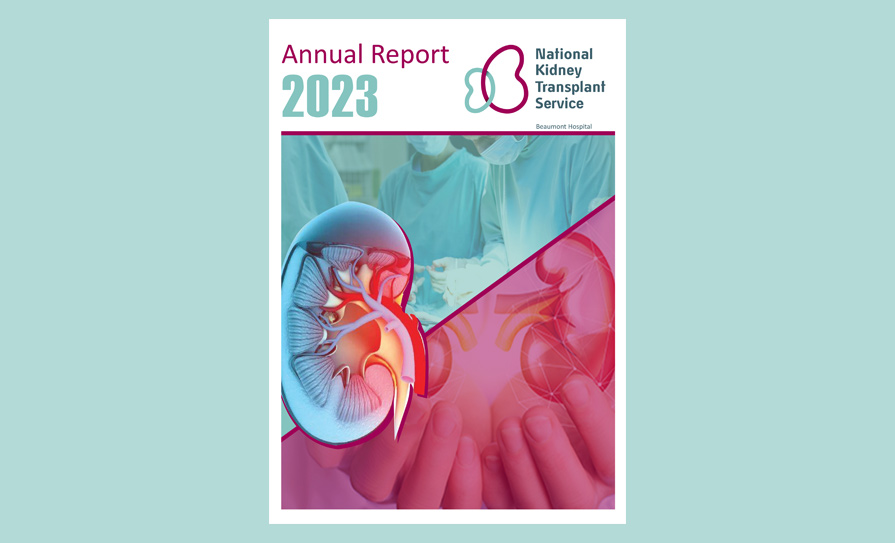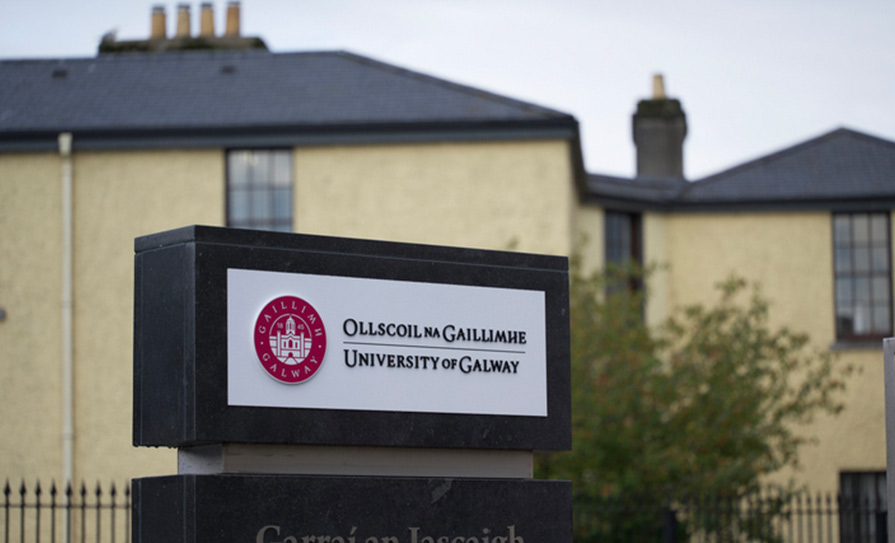Beaumont Hospital in Dublin had seven cases of “high-risk” occupational blood exposures to patients known to be positive with a blood-borne virus – including three staff exposed to HIV – during 2020. Subsequent screening found that no seroconversions had occurred, according to minutes of a meeting of the infection prevention and control committee in February.
Details from the Annual Occupational Blood Exposure Report 2020 were outlined at the meeting by Specialist in Occupational Medicine Prof Blánaid Hayes
According to the minutes, obtained by the Medical Independent (MI) following a Freedom of Information request, there were 91 needlestick injuries as well as 22 mucocutaneous exposures reported in 2020. “While the number of needlestick injuries for 2020 is down on the 108 reported in 2019, it’s not clear what impact, if any, the Covid-19 pandemic from March 2020 had on the reporting of needlestick or other occupational blood exposure injuries.”
Prof Hayes reviewed performance against the goals of the needlestick working group in 2014. The goals were listed as elimination of all re-sheathing injuries; elimination of insulin pen injuries; reduction of injuries to non-clinical staff to less than five per annum; and reduction of phlebotomy-associated injuries to fewer than 10 per annum
Prof Hayes “noted a significant rise in phlebotomy-related injuries since 2018, many of which are associated with the
use of the ‘butterfly needle’ device”, according to minutes. “The report recommends reconvening the needlestick working group to set new goals for 2021 and tackle the ongoing hazard of occupational blood exposure injuries.”
MI sent queries to Beaumont regarding occupational blood exposure injuries, but the hospital declined to comment.
In 2017, Beaumont had its first case of an occupationally acquired blood-borne viral infection since it began monitoring needlestick exposures in 1993.













Leave a Reply
You must be logged in to post a comment.